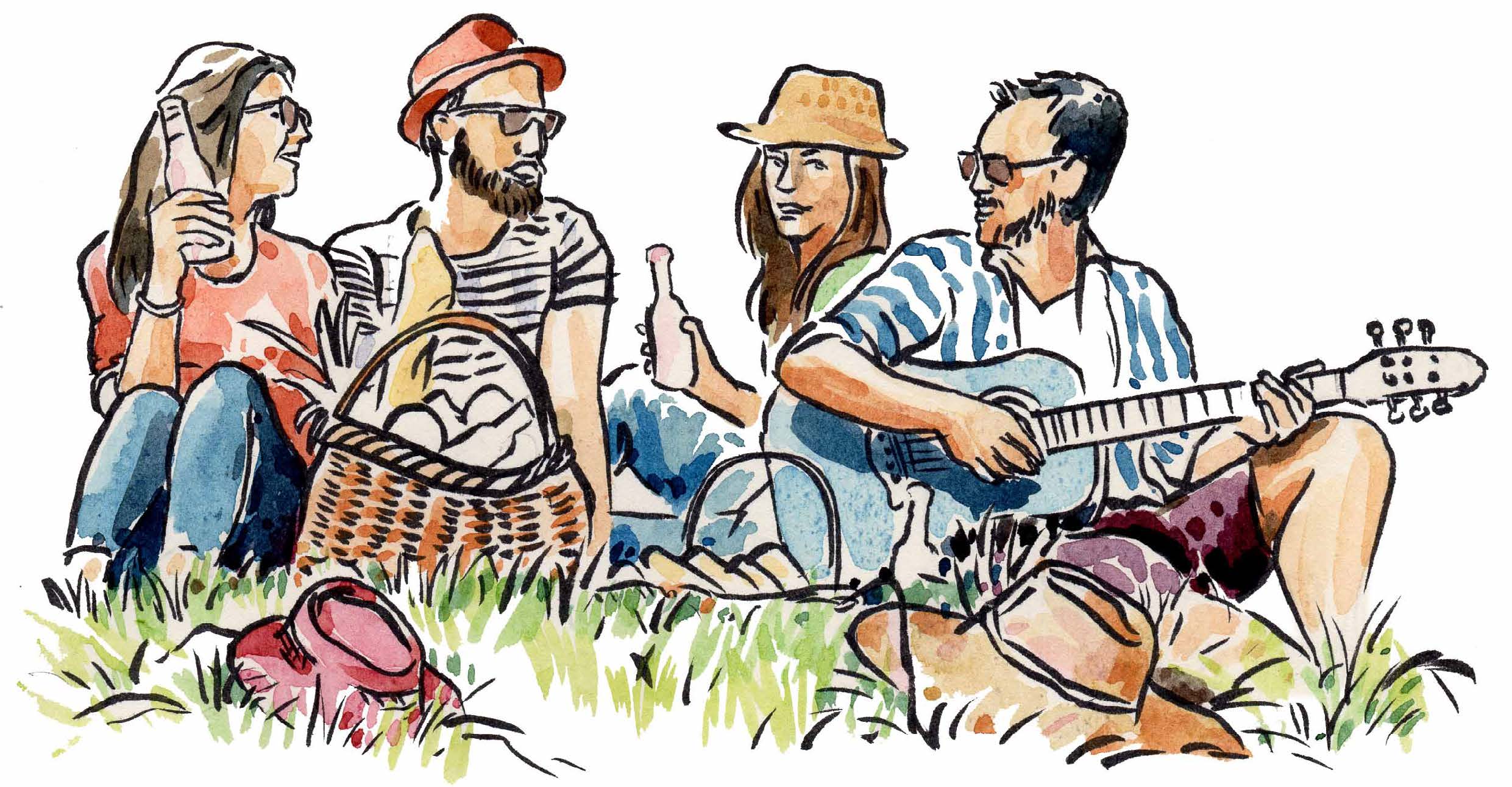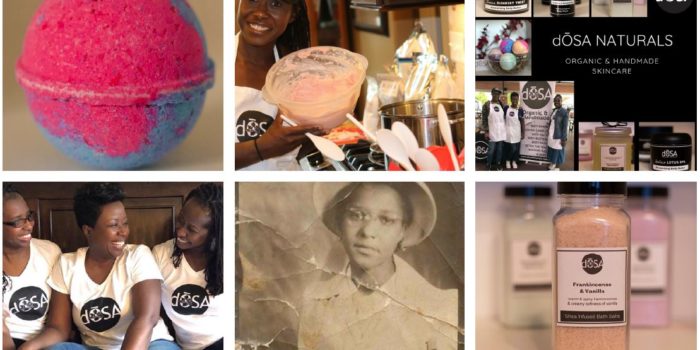Hj56gu7↑↑↑Black Hat SEO backlinks, focusing on Black Hat SEO, Google Raking
Where to buy 🚀 aged domains and backlinks 🔥 from Best-SEO-Domains | 0083-0608
Where to buy 🚀 aged domains and backlinks 🔥 from Best-SEO-Domains | 0083-0608
Where to buy 🚀 aged domains and backlinks 🔥 from Best-SEO-Domains | 0083-0608
Where to buy 🚀 aged domains and backlinks 🔥 from Best-SEO-Domains | 0083-0608
Where to buy 🚀 aged domains and backlinks 🔥 from Best-SEO-Domains | 0083-0608
Where to buy 🚀 aged domains and backlinks 🔥 from Best-SEO-Domains | 0083-0608
Where to buy 🚀 aged domains and backlinks 🔥 from Best-SEO-Domains | 0083-0608
[vc_row][vc_column][vc_column_text css=”.vc_custom_1533696000100{margin-left: 50px !important;}”]
identifying your buyer persona
Ever since the first stores appeared online, e-commerce people have been facing one major challenge: How to engage shoppers on a personal level so they will want to buy and return.
Which means making them feel welcome and taken care of as if they were in a brickand-mortar store.
Easier said than done as online, one does not have the luxury of directly asking customers what they are looking for.
Methods and programs abound to attain what is now known as personalization. But in fact, it all comes down to trying to make it smooth and simple for shoppers so they will turn into buyers.
Personalization has become synonymous with ‘the right message at the right time to the right visitor,” said Shanelle Mullin who deals with content and growth at Shopify. “While that is certainly part of it, that is not the be-all-end-all of user experience.
“People are drowning in information and options. Personalization reduces the amount of information and the number of options to help guide visitors through a funnel that’s designed just for them and their individual needs,” she said. (1)
This funnel is meant to take shoppers on a journey, which will make them want to spend
time and purchase at that site: This is why it must be part of one’s overall site design and strategy rather than being additional features or programs added afterwards.
For whom to personalize: identifying your buyer persona
“Essentially it’s about knowing who you are selling to, what is their situation, what are they thinking, their needs and hesitations,” said Peep Laja, principal at CXL and a conversion rate optimization expert. Ways to do so include interviewing one’s customers directly or asking them to answer a few questions in writing as to who they are, what they were looking for at the site, what they like

or would wish to see improved in the product or offered at the site. Marketers agree that
there is no better quality data than that obtained directly from customers with their consent.
And if one explains to them that this information will serve to better meet their future
needs and that their privacy will be respected and information kept confidential, they may
very well agree. Once this data have been gathered and one’s customer personas defined,
Mr. Laja said, “[y]our personas should dictate every word and every image on your site.
Your website layout, navigation and general user flow should come from personas.” (2)
Keeping in mind that many shoppers browse on the smaller screens of their mobile/cell
phones, nonessential features should be removed from the site to keep its overall look
easy to grasp at first glance.
Moreover, the text should be well written and to the point, providing the basic information that
will capture buyers’ attention, keeping additional data for the product information section.
The Importance of relevant and high-quality visual elements
The power of photos and design need not be explained, the more crucial in e-commerce
that shoppers spend but seconds at a site unless something catches their attention.
Site design and photos play key roles in personalization by strengthening an e-commerce
identity and making products stand out from competitors.
Welcoming shoppers with one or several photos featuring one’s products in context—an
open picnic basket on a table in a park, beach towels on a white-sand beach with the ocean
in the background, people enjoying themselves, wearing clothes sold at the site—may make
shoppers dream of being in such settings with those products, and buy.
But then, this is a guideline rather than a rule as personalization may dictate plain photo
products in some cases. “If you are selling a business product (think desk chairs), the
chances that someone will need to see it ‘in action’ are probably pretty slim,” writes Tara
L. Jacobsen of Marketing Artfully. “We all know how desk chairs work and can pretty much
extrapolate how it will look in our offices.
“But if you are selling cool t-shirts to young hipsters, you may want to consider lifestyle
pictures with your tees on young, cute models,” she said. “Having ‘mockup’ shots will
not show how wonderful your t-shirts are in person!” (3)
And when people click on a product photo, the full-screen image of that product may appear
with smaller photos underneath featuring the bestselling product in that category, similar
products and/or products complementing it.
The usual tools turned personalization weapons
Catalogs have long proven essential in e-commerce as they enable shoppers not only to
browse through them at a site but also to download them to peruse later or share with
friends through social media. An e-commerce with a vast range of products may even have
several catalogs at the site, including one for wholesale.
And since one has but seconds to engage shoppers before they decide to leave a site, one
should use several strategies such as pop-ups offering discounts or free shipping when.[/vc_column_text][/vc_column][/vc_row][vc_row][vc_column][mpc_quote icon_background_color=”#75cdde” mpc_ribbon__background_color=”#75cdde”]
People are drowning in information and options. Personalization reduces the amount of information and the number of options to help guide visitors through a funnel that’s designed just for them and their individual needs.
Shanelle Mullin, content and growth, Shopify
[/mpc_quote][/vc_column][/vc_row][vc_row][vc_column][vc_column_text css=”.vc_custom_1533696203577{margin-left: 50px !important;}”]buying several items; plus a live chat or chatbot inviting them to ask questions, leave
comments, or leave their email address to get informed of the next sale or product launch;
and so on. Those features should be prepared and timed to provide added value without
clogging shoppers’ screens or overwhelming them with information.
Finally, all these features and design elements must be easy to see and navigate on mobile/
cell phones and computer screens.
1 https://conversionxl.com/blog/web-personalization/
2 https://conversionxl.com/blog/how-to-increase-sales-online-the-checklist/
3 https://marketingartfully.com/2017/12/07/should-you-use-white-background-or-lifestyle-product-photography/[/vc_column_text][/vc_column][/vc_row]



